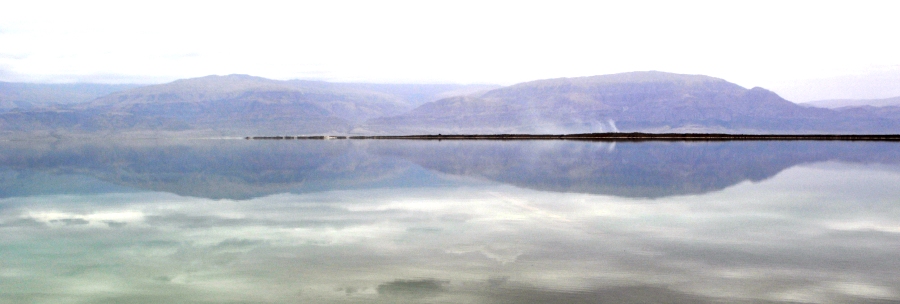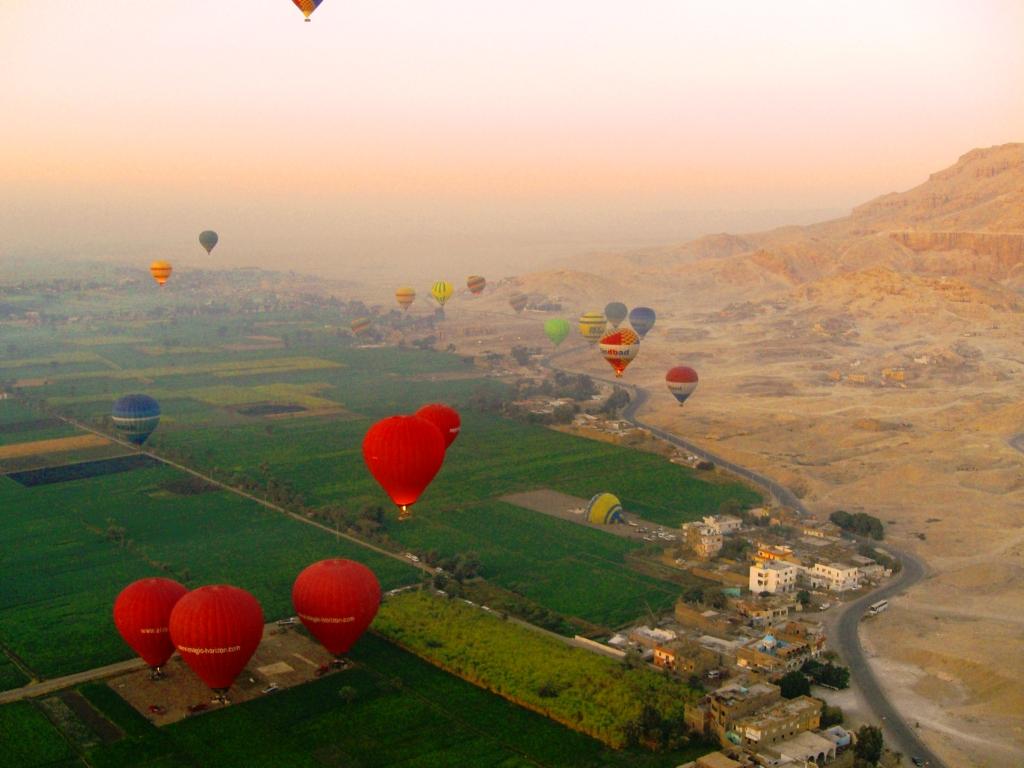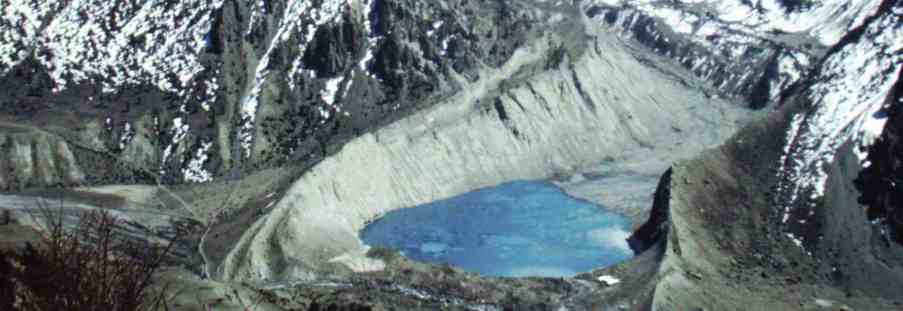The water looks like nothing special. I walk out till I am thigh-deep, then lean all the way back and kick my feet out from under me. I find myself lying back as if in an (invisible, wet) armchair. I am one of the more than one million foreign tourists who come to the Dead Sea each year. Mostly, we come to float.
In Your Bucket Because…
- People have been bathing in these unusual waters for millenia.
- You’d like to know what it feels like to be weighless — or bob like a cork.
- Good for: Anyone. You don’t even have to know how to swim.
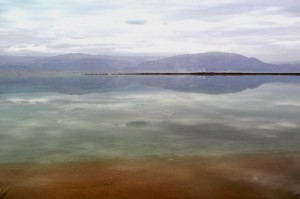
It is a stark, otherworldly landscape: I look around feeling as if I’ve stepped into some strange moonscape. I’ve also wandered into history: Driving the length of the lake, I’ve passed the towering fortress of Masada, the caves where the Dead Sea Scrolls were discovered, the reputed site of Sodom and Gomorrah, and a pillar of salt, said to be Lot’s wife, looking out over it all from her solitary perch on a cliff.
Dead Sea Facts
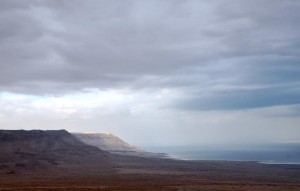
The Dead Sea is not actually a sea, but rather an inland salt-water lake, 42 miles long and 11 miles wide at the widest point. Located between Israel and the Palestinian territories the west and Jordan to the east, it is fed by the Jordan River, although these days, it is not being fed enough.
At the shores, the Dead Sea is 424 meters (nearly 1,400 feet) below sea level, making it the lowest point on earth. The lake itself is another 1,200 feet deep. The Dead Sea is losing about one meter of water every year, due to the use of freshwater from the Jordan River. Which means that every year, its shoreline recedes and it becomes a little more saline.
It is the salinity that is holding me up: Almost 9 times saltier than the ocean, the Dead Sea is one of the world’s saltiest bodies of water. (To get a physical idea of just what this means, advanced SCUBA divers can, under special instructions, dive in the Dead Sea, where they must use up to 100 pounds of weights just to be able to descend. For comparison: An average diver uses between 8 and 16 pounds of weight in the ocean.)
The salinity also gives the sea its name: Neither animals nor plants can survive here — although a handful of specially adapted microbes do just fine. (Actually, the salt has given the Dead Sea many names through history: in the Bible, it was the “Salt Sea” or the “Sea of the Arabah. Later it became the “Sea of Sodom,” the “Sea of Lot,” the “Sea of Asphalt,” the “Stinking Sea,” and the “Devil’s Sea.”)
Ironically, this almost lifeless sea is actually one of the world’s oldest health resorts: The historian Josephus Flavius wrote 2,000 years ago that “one should praise the Dead Sea…this salt brings healing to the human body.” Herod the Great visited for his health, and Cleopatra is said to have coveted its minerals for her beauty regime (although she may have had other, more practical motives: bitumen from the Dead Sea was used in mummification; potash was used in fertilizers). Today, companies on both the Israeli and Jordanian sides mine minerals from the Dead Sea to make cosmetics, as well as products that treat afflictions from arthritis to psoriasis.
Visiting the Dead Sea
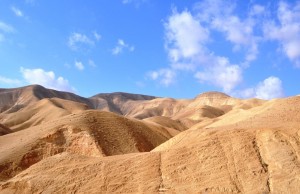
The Dead Sea is only about two hours’ drive from Tel Aviv (an hour from Jerusalem). A number of hotels and kibbutzes offer treatments, ranging from bathing areas offering simple mud-baths to international-class hotels like the Hyatt, Sheraton, and Meridian, which have indoor pools filled with Dead Sea water and high-end spa treatments (and yes, mud baths, too).
Visiting the Dead Sea is often done as part of day trip, which might include a visit to (or a dawn climb of) Masada, the fortress-like mountain built by King Herod and famously used as a retreat (and suicide site) for first-century Jews resisting Roman dominion.
Masada is a good place from which to catch an overview of the Dead Sea, although the view is often misty (caused by evaporation). The landscape is as desolate as the Masada story of siege and suicide: all browns and grays, punctuated by the blinding white of salt that almost vibrate in contrast to blue sky and water. Green is conspicuously absent, and I wondered how anyone could live in this landscape, collecting water a drop at a time. The Israelis are famous for irrigating the desert, but there are deserts and then there are deserts: The effort here seems Herculean.
Taking the Plunge
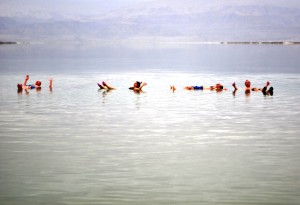
The vast majority of visitors do exactly what I did: We walk to the waters edge, wade in, tentatively sit back, and then roll around, testing our buoyancy. It’s a strange feeling, a bit out of control; getting our feet back underneath us to regain a standing position proves the most challenging part of the whole process. I felt weightless, like an astronaut, although what they never tell you about being weightless is that it becomes hard to actually move your limbs so you get anywhere.
Depending on which facility you’re bathing at, there may be other amenities: a restaurant or cafe, water pools, and mudbaths (the minerals are said to have all manner of healing properties). And of course showers: After my float, my skin felt oily — a result of the magnesium. But most of all, I also felt astonishingly relaxed. Supposedly, I could blame that on the high concentrations of bromine, which has a sort of tranquilizing effect.
But maybe it was the simple result of lying motionless in this ancient sea, surrounded only by the starkest elements. In a world of endless noise and distractions, this experience stands out for its simplicity and timelessness. I can only hope that someone, the countries bordering on the Dead Sea will find a way to restore its balance of salt and fresh water so that in another two thousand years, another visitor might have the same experience.
Practicalities
Some modifications to your normal swimming habits are required because of the harsh salinity:
- Men should not shave immediately before going into the Dead Sea, to avoid being stung by the salt.
- Avoid swimming if you have open cuts.
- You shouldn’t swallow any water, or allow it to get into your eyes. (Children should be closely supervised.)
- Wearing aqua shoes will protect your feet from the harsh salt-sand. However, I wore flip flops to the water’s edge and my feet survived just fine.
- Shower afterwards, unless you want to face the rest of the day coated in oil and white salt residue.
